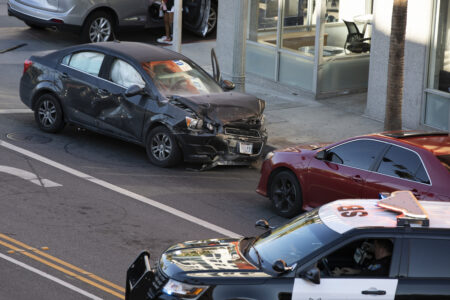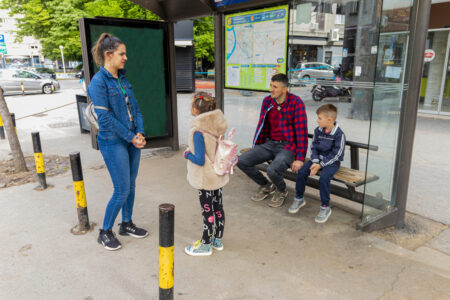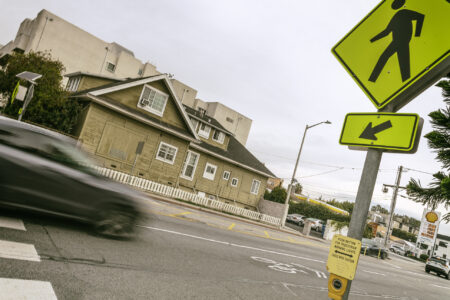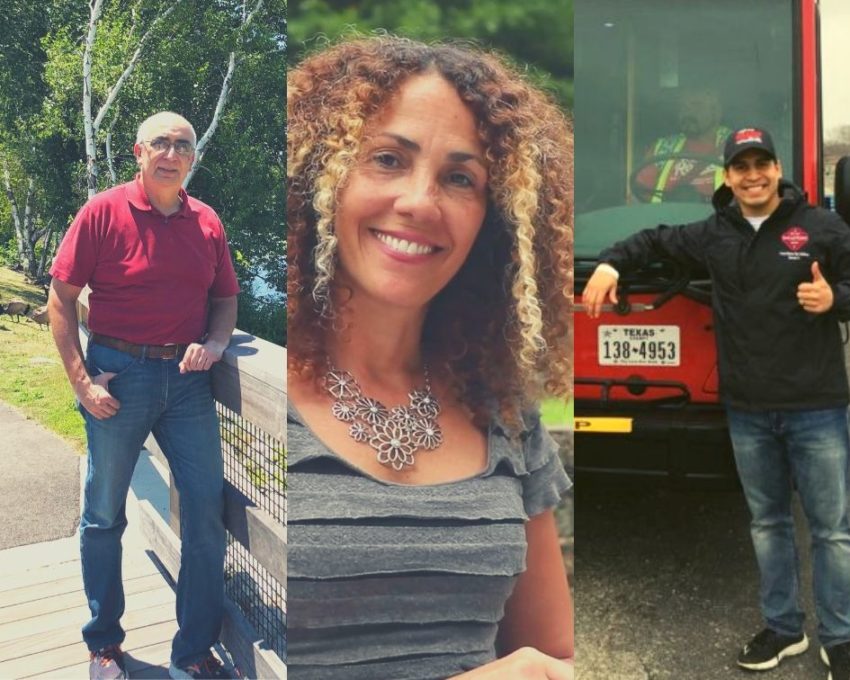
Share On Social!
Equitable transportation that is safe, affordable, and reliable can boost a person’s health and social mobility.
But too often, public money pays for projects that widen historical gaps in access to transportation options for communities of color.
Latinos, for example, face many transportation inequities that cut off connections to health-promoting assets─like affordable housing, green spaces, and medical care. This also makes it harder to lead healthy lives, according to a Salud America! research review, The State of Latino Housing, Transportation, and Green Space.
That’s why we at Salud America! are spotlighting three Salud Heroes who are pushing forward for equitable transportation for Latinos and all people!
Minerva Perez’s Free Ride Program Helps Latinos Overcome ‘Transportation Bullies’
Minerva Perez hates bullies. In elementary school, Perez did not like when bullies picked on her friends. She became their bodyguard.
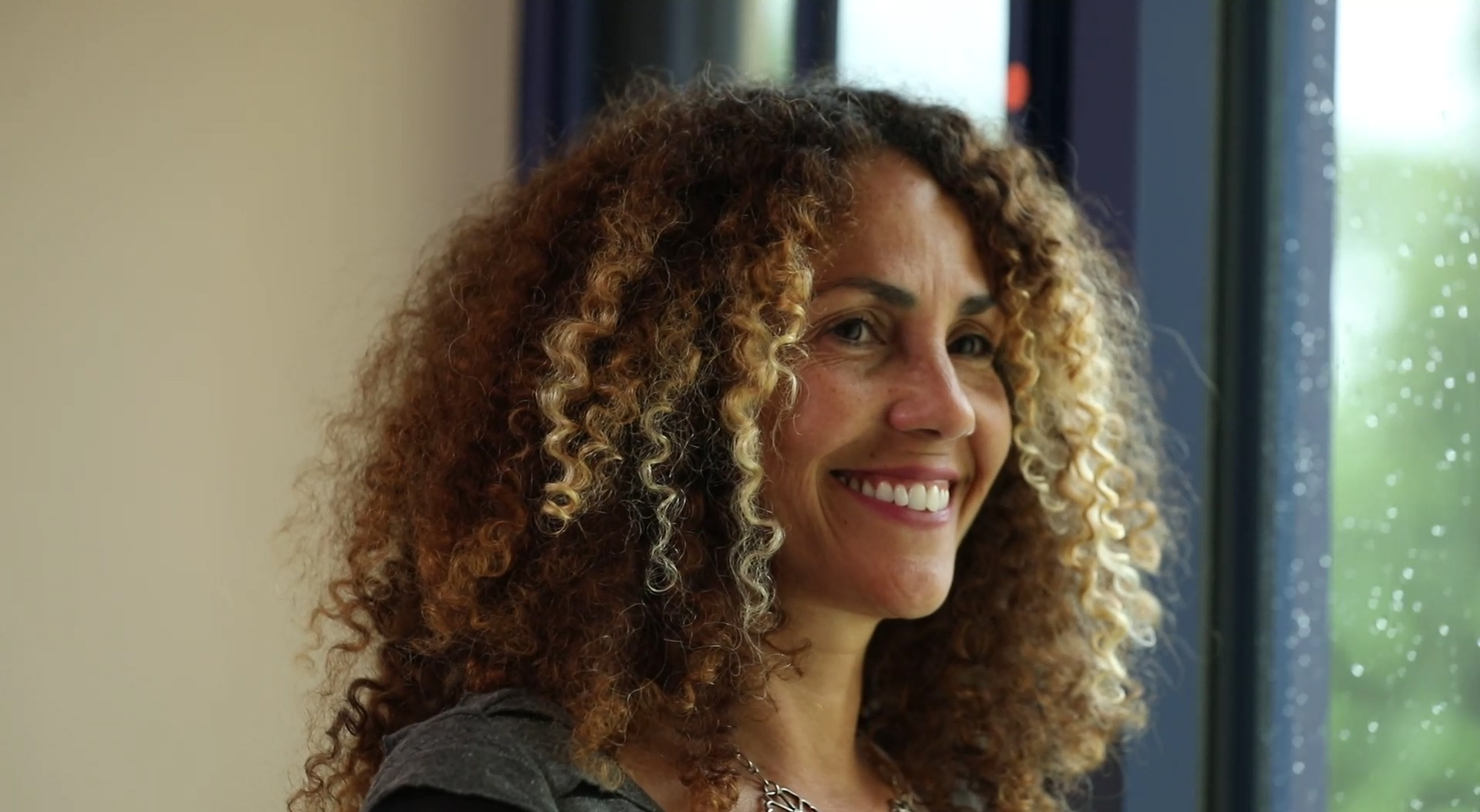
Today, Perez is standing up to a modern bully—transportation barriers.
Limited access to public transportation is bullying Latino families into skipping medical appointments, instilling big fears of deportation, and jeopardizing health in Suffolk County, N.Y. (19.5% Latino).
Perez is taking action as leader of Organización Latino-Americana of Eastern Long Island.
She helped create a unique free van ride program that bridges transportation gaps and boosts equitable transportation. It also gives her an advocacy platform to improve public transportation at the local level.
They transport nearly two-dozen people a week.
“Once we’ve got someone that we’re transporting, we’re transporting them over and over again, because they realize [they can trust us],” Perez said. “We definitely see the impact in their lives. The fact they feel the support is out there. That there’s an organization that’s taking the needs seriously.”
How did Perez do it?
Rey Saldaña’s Drive to Get Buses Moving in San Antonio
San Antonio City Council Member Rey Saldaña tried his own transportation experiment a few years ago: He ditched his car and relied on public transit for one month.
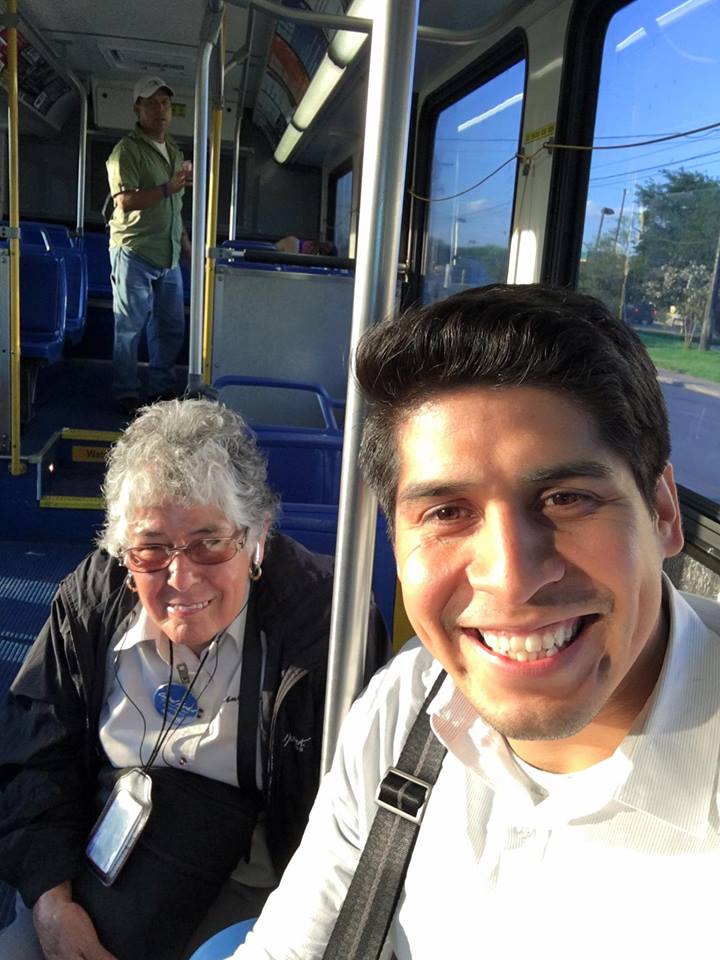
The good? Rey met great people. He read. He explored the city.
The bad? When buses ran late, Rey showed up late to council meetings. Rain drenched him at bus stops. He had to skip fun activities due to lack of frequent routes.
Rey’s eye-opening experiment led him to champion more funding for VIA Metropolitan Transit (VIA).
His efforts spurred the city to invest more in equitable public transportation, including a partnership and funding plan with the city approved by council on Sept. 13, 2018, to provide $4.3 million in general revenue funding to support VIA operations in FY18, and $10 million per year beginning in FY19.
“We move mountains to find highway funding … who’s talking for the working class folks who ride the bus?”
See how Rey made it happen!
Brian Pearson, Residents Unite to Prevent Private Road from Cutting off a Trail
Brian Pearson loves to walk and bike the new $8 million hike-and-bike trail in his town of Fall River, Mass. (8% Latino).
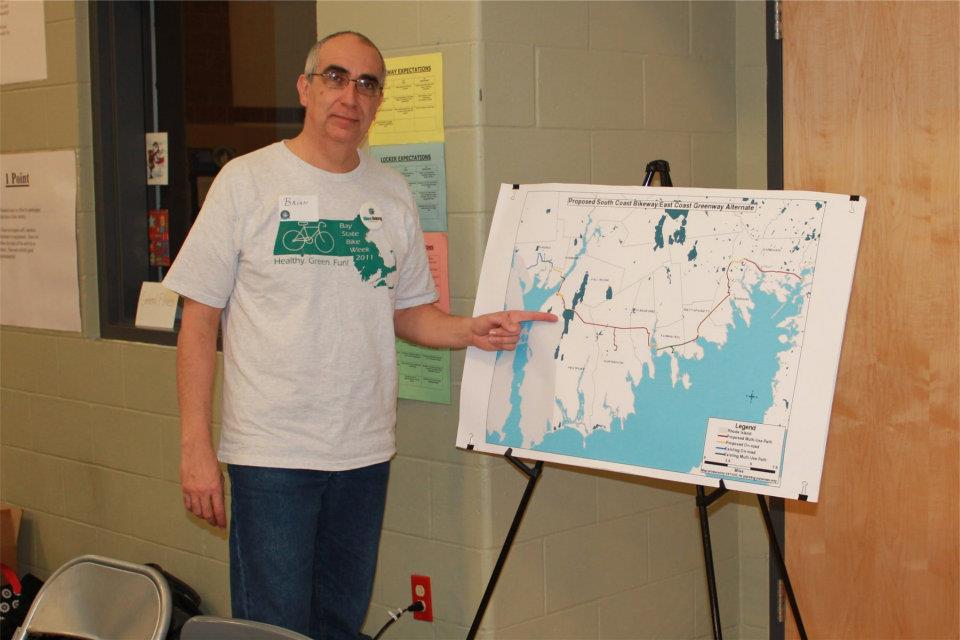
Then Brian learned a new road project could damage the trail.
The 2.4-mile Alfred J. Lima Quequechan River Rail Trail—which fully opened in 2017 after nine years of work and multi-million investment by the state to improve mobility and access to safe places to play—was jeopardized when city officials tried to allow a developer to build a road that would have crossed and re-routed the trail.
Brian and others were outraged.
They formed a protest group, gathered information, attended city meetings, and held a rally. They even hired a lawyer to fight for trail preservation.
“This trail goes through heart of the city and it can bring people from their neighborhood to city places.”
Would it be enough to save the trail?
Explore More:
Transportation & MobilityBy The Numbers
27
percent
of Latinos rely on public transit (compared to 14% of whites).
This success story was produced by Salud America! with support from the Robert Wood Johnson Foundation.
The stories are intended for educational and informative purposes. References to specific policymakers, individuals, schools, policies, or companies have been included solely to advance these purposes and do not constitute an endorsement, sponsorship, or recommendation. Stories are based on and told by real community members and are the opinions and views of the individuals whose stories are told. Organization and activities described were not supported by Salud America! or the Robert Wood Johnson Foundation and do not necessarily represent the views of Salud America! or the Robert Wood Johnson Foundation.

